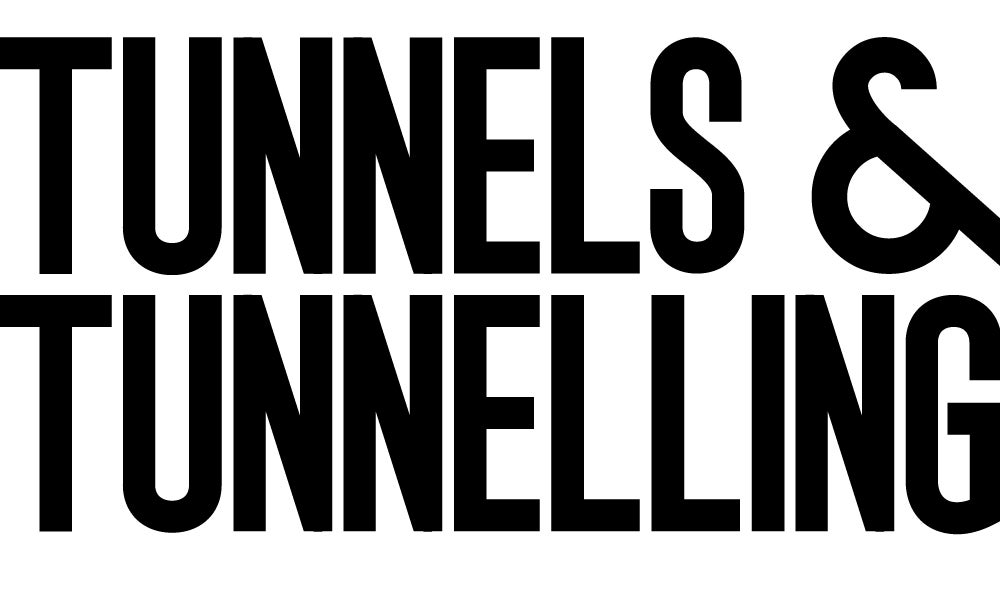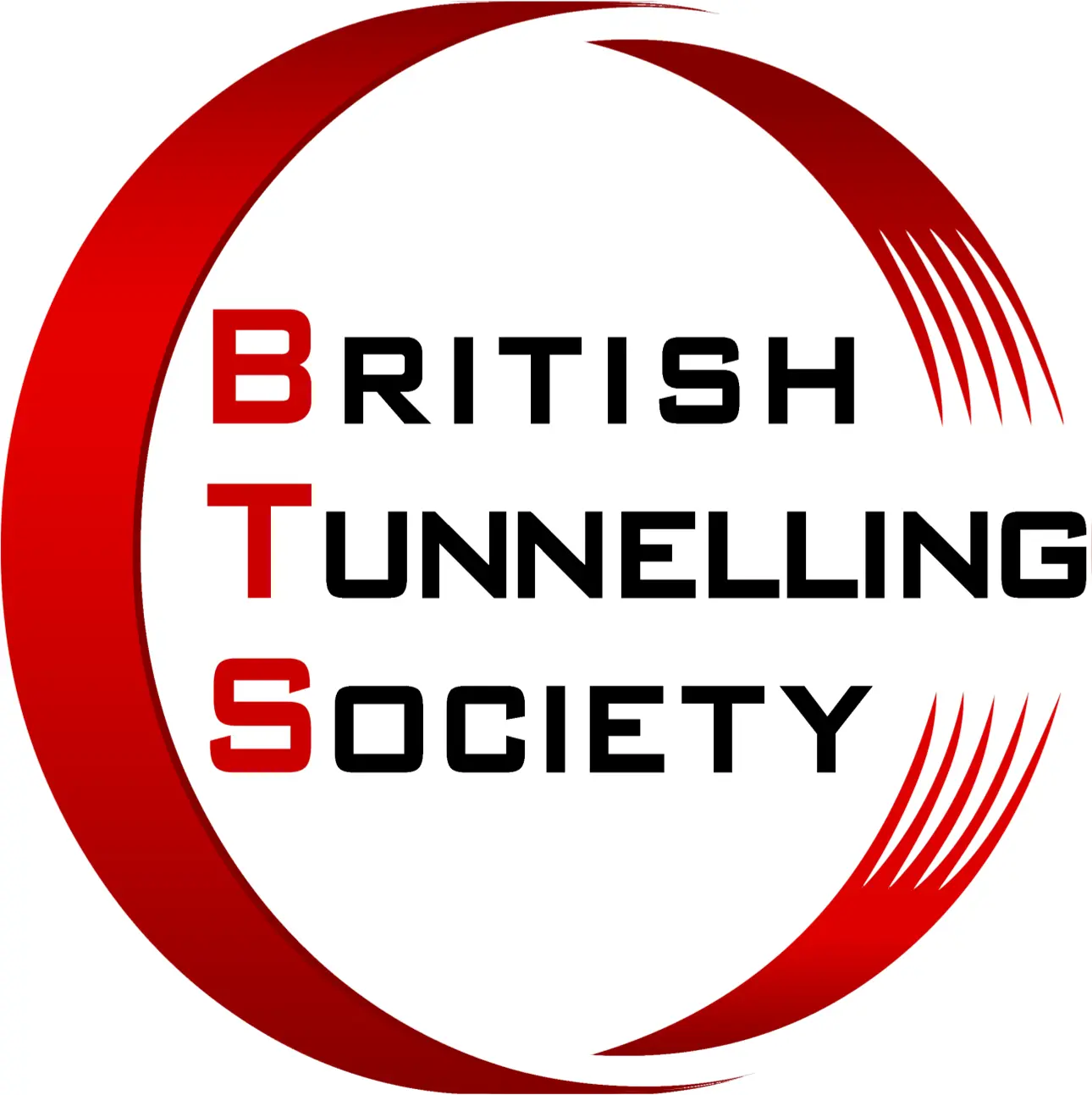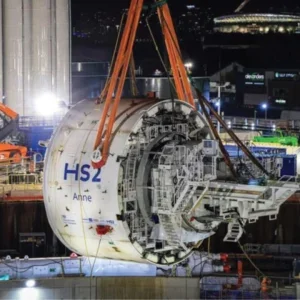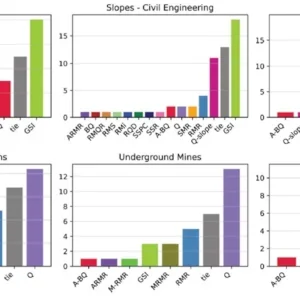In line with the ISO 9000 ff standards, industry is facing new demands for improved quality management of its operations. And the geotechnical industry is no exception. On tunnelling sites, this is reflected in increased and more rigorous controls of the quality of construction work and procedures.
Geodetic and geotechnical instrumentation and services are amongst the most important tools in this regard. Currently, this market sector of geotechnical instrumentation performs with significantly more dynamism than the traditional sector of tunnel performance monitoring for design verification.
With reference to common geotechnical design and construction procedures, the quality control of the construction by geotechnical instrumentation can be understood as a feedback loop. In the diagram of Figure 1 this loop shows up as the smallest loop possible within the geotechnical design procedure. Note that the geotechnical instrumentation for verification of the design, as discussed earlier, can be visualised as an element within a greater feedback loop.
The discussion of geotechnical instruments, applied to assist with the quality control of tunnel construction procedures, will be dealt with in the following two sections:
The discussion will be supported by way of a number of monitoring examples.
Selected tunnel construction control
One of the standard controls used in tunnelling construction is acoustic emission and ground vibration monitoring. Such monitoring is routinely carried out for all types of tunnelling operations, not only for drill-and-blast excavations but also for partial and full-face tunnel boring machines.
In the following, two more recent developments in the control of specific tunnel construction measures will be discussed. These developments are quite noticeable within the European market. They are:
Excavation profile and concrete thickness
Tunnel scanners are widely employed for a variety of purposes, among them profile scanning and clearance control of a tunnel prior to its commissioning.
One of the most prominent instruments with a proven record of reliability is the tunnel scanner TS 360 of Spacetec GmbH in Germany. Also a new type of tunnel scanner has recently been released (Grafinger, 1997) and has already made a significant impact on the European market. Developed by a number of Austrian companies, the DIBIT tunnel scanner is a fully digitised photogrammetric measuring system for the documentation of tunnel advances. It enables the control of specific underground construction procedures such as the excavation of the tunnel, the contouring of the tunnel profile and the application of shotcrete lining as a primary support.
The recording system consists of two CCD cameras which are mounted on a portable frame. The system produces digital stereoscopic images of the tunnel surface.
The position of the camera frame is automatically determined by a total station with automatic target recognition which is positioned up to a maximum distance of 100m. For this purpose three reflector targets are permanently mounted on the frame. Positioning can be carried out in conjunction with routine geodetic deformation measurements which were already discussed earlier (T&TI July ’00).
On-site recording of the scanner takes only a few minutes and can be carried out by non-specialists. Digital images are automatically stored in a field PC which is integrated within the system. By means of the stereoscopic images, the 3-D co-ordinates of the tunnel surface surveyed can be automatically calculated. At the current stage of development, the accuracy of the system is in the range of ± 5mm for each co-ordinate.
Integrated PC software permits numerous evaluation options, amongst them:
Note, however, the comparatively low system accuracy of tunnel scanners.
Besides the above-mentioned possibilities, the particular value of the DIBIT tunnel scanner lies in the production of digital image data for an objective documentation of various tunnelling stages.
The DIBIT system is marketed by Tunnel Consult in Innsbruck, Austria and Testing Services are offered by GeoConcept in Germany.
Deflectometers for drilling control
Both horizontal and inclined drilling is regularly carried out as part of the tunnel construction. Examples include drilling of anchor boreholes, of exploration boreholes in the face of the advancing tunnel and of sets of horizontal drillholes in ground freezing tunnelling.
Part of the construction control procedure is the measurement of the drillhole deviation. Experience has shown that horizontal and inclined drillholes are particularly prone to deviation, whereby the degree of deviation depends on the quality of the drilling equipment, the experience of the crew, the length of the drillhole and, last but not least, the geologic conditions.
There are various systems on the market which measure deviations in horizontal and inclined boreholes, such as gyro probes (DMT), earth magnetic field probes (Reflex Instrument AB), electro-optical (Maxibor of Reflex Instrument AB) and photographic probes (eg Multi-Shot). In typical geotechnical applications with comparatively shallow boreholes of depths in the 10 to 100m range, portable deflectometer probes are most commonly used. As described in Dunnicliff (1988, 1993 P273) a deflectometer probe consists of two beams of equal length connected by an articulated joint, with two angle transducers arranged to sense the two independent angular rotations between the two beams.
Early angle measuring configurations were based on full bridge bonded resistance strain gauge transducers (Slope Indicator), on tensioned wire passing over knife edges with induction transducers (Interfels) or on electro-optical transducers (Glötzl).
Recently, Interfels released a new deflectometer with built-in potentiometer rotation transducers which, in the opinion of the author, surpasses all previous deflectometer versions in regard to system accuracy and robustness of construction. Bock et al, 1997 reported a system accuracy for a 40m long borehole of ±25mm for both inclination and azimuth components. Note that standard steel casings with øi >≤82mm were used in the survey.
The following measuring examples are from surveys undertaken with the new Interfels deflectometer.
Figure 5 shows the deviation of a 56m deep exploration borehole which was drilled in the face of an advancing tunnel. The borehole was surveyed in steps of 1m and was carried out by one trained technician. Setting up of the equipment and carrying out normal and reverse measurements took approximately 70 minutes.
The borehole runs like a corkscrew. The deviation of the components at the toe of the borehole amounts to about 0.18m (downward) and 0.20m (to the left), respectively. This is equivalent to a deviation of approximately 0.33% of the total depth and well within the specified limits.
From a vertical shaft a set of horizontal holes were driven to form a frozen soil cylinder around the contour of the tunnel to be constructed. It is commonly known that significant drillhole deviations can lead to gaps in the frozen ground cylinder with the potential of a disastrous water and soil ingress during tunnel excavation. A total of 63 horizontal drillholes was surveyed, each to a depth of 36m.
In the project a substantial number of drillholes were found to deviate more than the specified value of 0.5 % of the end depth. Additional drillholes were required to correct the situation.
Related Files
Tunnel scanner DIBIT
Control of a 56m deep horizontal exploration borehole
Principal features of the DIBIT tunnel scanning system
Performance monitoring by instrumentation
Schematic of a probe deflectometer (Interfels)
Front view of the wall






